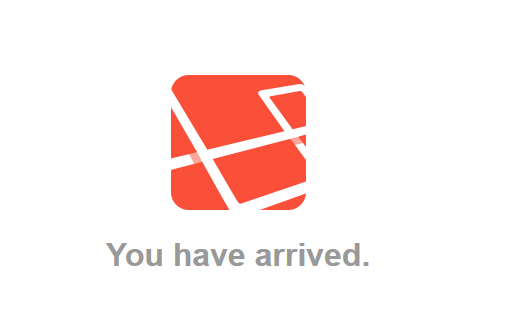Laravel is an increasingly popular PHP framework which means we have customers inquiring how do they go about installing it on their hosting. This article will walk you through how to install Laravel on our servers on the primary domain of your hosting account. You could also use this tutorial to install Laravel within an add-on domain or sub domain with just a few modifications.
We’re going to do the entire installation from SSH which means you’ll need a SSH client. I would recommend using Putty if you’re running Windows you do not already have a SSH client. Once you have your SSH client ready it’s time to start the installation process.  If you don't have SSH enabled on your hosting account, please follow these instructions.
Â
Enable PHAR
By default our servers do not have the PHAR extension enabled. You will need to enable it from your cPanel. Login to your cPanel then go to “Select PHP Versionâ€

Once you are on this page you will see a list of extensions. You will need to be on PHP 5.3, 5.4 or 5.5 and check off PHAR and click save:

Congratulations we now have Phar enabled on our account. We can now install composer on our account.
Installing Composer
Composer is a tool for dependency management in PHP. We are going to use this to install Laravel on our account. At this point we will now want to login to SSH of our hosting account. Once you are logged in you will want to run the following command
curl -sS https://getcomposer.org/installer | php
Composer should now be installed at /home/yourusername/composer.phar . We however want to be able to just run composer rather than specifying where composer.phar is. We can do that by doing the following:
echo "alias composer='/usr/bin/php-cli ~/composer.phar'" >> .bashrc . ~/.bashrc
What this does is add an alias for composer and then reloads your .bashrc file so it’s available immediately.
Installing Laravel
We now are finally going to install the laravel package. We can do this by running the following from SSH:
composer create-project laravel/laravel myproject --prefer-dist
Laravel should now be installed in the folder myproject and there is just one more step to make the the project compatible with our hosting. You will now need to make so the public folder of laravel is in fact your public_html folder.
mv public_html public_html_backup ln -s /home/username/myproject/public /home/username/public_html
Make sure to replace username with your accounts username. You have now successfully installed laravel and if you view http://yourdomain.com/ you will be greeted with

If you ever want to have your old public_html folder back you would have to run the following from your home folder:
rm public_html mv public_html_backup public_html
I think that covers everything you need to get your laravel project started. You will be able to modify files in your myproject folder. You can use composer to add additional dependencies to your laravel project. You can also use Laravel’s artisan CLI to assist with the development of your application.


